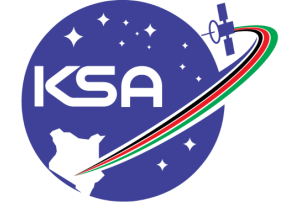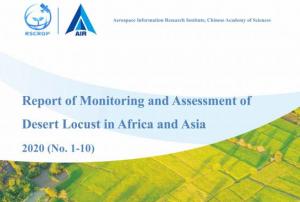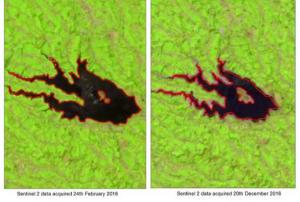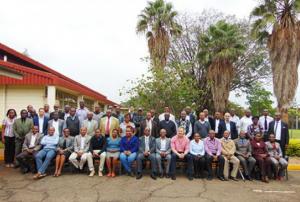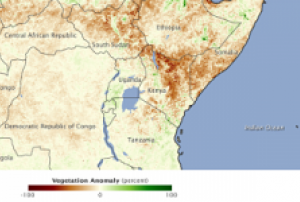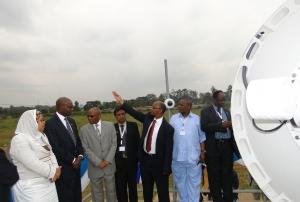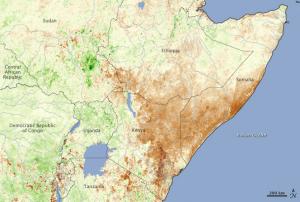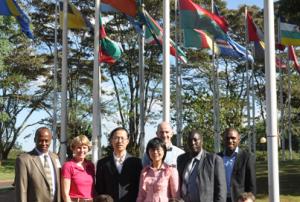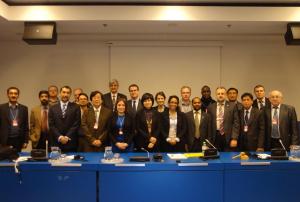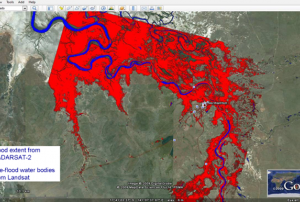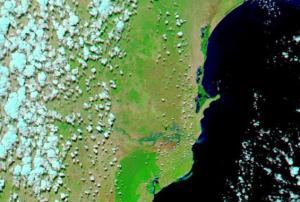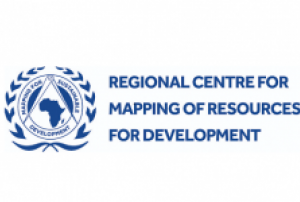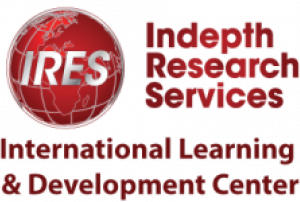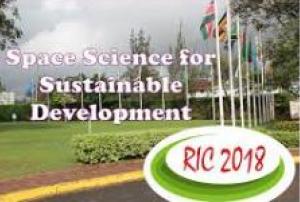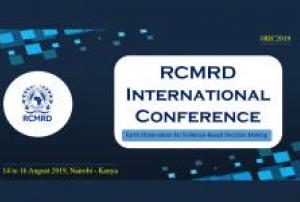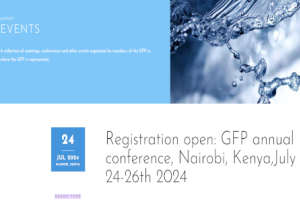The Kenya Space Agency recently announced the launch of TAIFA-1 (“one nation” in Swahili), Kenya's first operational Earth Observation satellite, on April 11, 2023. The 3U Earth Observation satellite was developed by engineers from the Kenya Space Agency. The launch is set to be aided by the Space Exploration Technologies Corporation (SpaceX) from California, USA.
TAIFA-1 aims to provide timely and accurate data in a diverse array of fields, such as disaster management, agriculture and food security, environmental monitoring, and natural resources management.
Furthermore, the launch of TAIFA-1 showcases Kenya’s clear stride in advancing satellite manufacturing capacities to develop applications for social and economic benefits. As the Kenya Space Agency's Acting Director mentioned, “the mission plays a pivotal role in putting Kenya on the global map because of its contributions to the growth of satellite development, data analysis and…
more